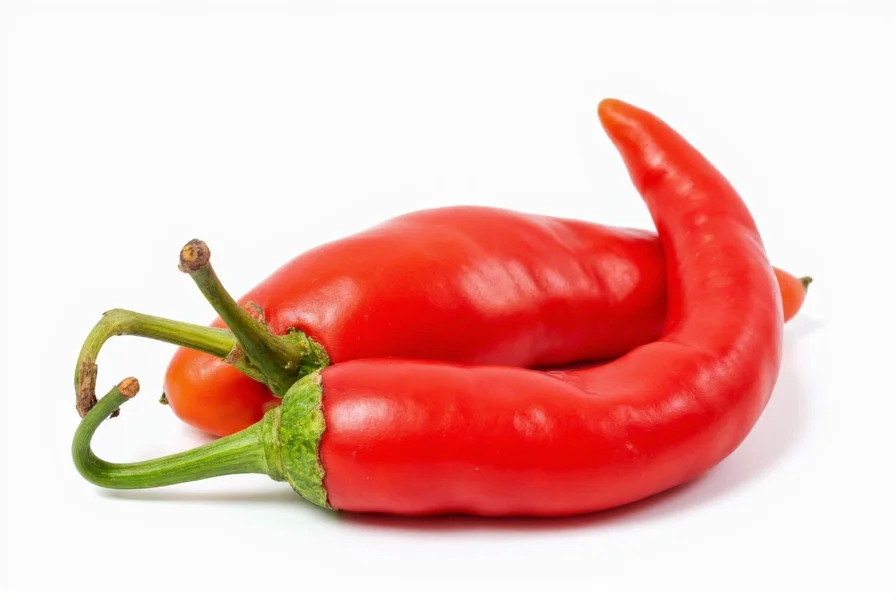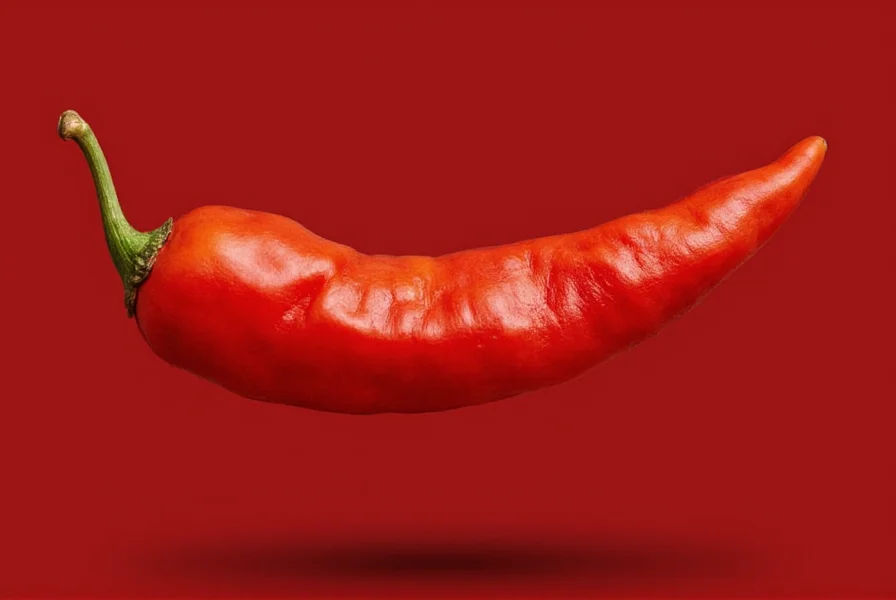The current holder of the Guinness World Record for the world's spiciest chili is the Carolina Reaper (Capsicum chinense), with an average Scoville Heat Unit (SHU) rating of 1,641,183. Developed by South Carolina breeder Ed Currie, this pepper has maintained its official record since 2013 after rigorous laboratory testing confirmed its unprecedented heat level.
When searching for what is the world's spiciest chili, you're likely seeking definitive, scientifically verified information about extreme heat levels in peppers. The Carolina Reaper isn't just marginally hotter than its predecessors—it represents a quantum leap in capsaicin concentration that has redefined our understanding of chili pepper heat potential.
The Carolina Reaper: Reigning Champion of Heat
Officially recognized by Guinness World Records in 2013, the Carolina Reaper averages between 1.4 to 2.2 million Scoville Heat Units (SHU), with individual specimens occasionally exceeding 2.5 million SHU. To put this in perspective, a jalapeño typically measures 2,500-8,000 SHU, making the Carolina Reaper approximately 200-500 times hotter.
Bred over ten years by Ed Currie of the PuckerButt Pepper Company, the Carolina Reaper is a hybrid of a Pakistani Naga pepper and a Red Habanero from St. Vincent. Its distinctive appearance features a bumpy red body with a characteristic stinger-like tail, usually growing to 1-2 inches in length.

How Chili Heat is Scientifically Measured
The Scoville scale, developed by pharmacist Wilbur Scoville in 1912, originally measured heat through human taste panels. Today, High-Performance Liquid Chromatography (HPLC) provides precise, objective measurements of capsaicinoids—the compounds responsible for chili heat.
| Pepper Variety | Scoville Heat Units (SHU) | Year Verified |
|---|---|---|
| Carolina Reaper | 1,400,000-2,200,000 | 2013 |
| Trinidad Moruga Scorpion | 800,000-2,000,000 | 2012 |
| Naga Viper | 876,000-1,382,000 | 2010 |
| Bhut Jolokia (Ghost Pepper) | 855,000-1,041,427 | 2007 |
| Habanero | 100,000-350,000 | N/A |
Modern Scoville scale measurement techniques have revealed significant inconsistencies in earlier records. Many previously claimed "world's hottest" peppers lacked proper laboratory verification, highlighting why scientific validation matters when determining the world's spiciest chili official record.
Historical Context of Extreme Heat Peppers
The quest for the world's hottest chili has accelerated dramatically since the early 2000s. Before the Bhut Jolokia (Ghost Pepper) claimed the title in 2007 with 1,041,427 SHU, the Red Savina Habanero held the record at approximately 577,000 SHU—a level previously thought to be near the biological limit for chili heat.
The rapid escalation in heat levels reflects advances in selective breeding techniques. Breeders like Ed Currie have systematically crossed extremely hot varieties, pushing capsaicin production beyond what was previously considered possible in world's hottest chili pepper development.
Physiological Effects of Consuming Super-Hot Peppers
Consuming the Carolina Reaper triggers an intense physiological response. Capsaicin binds to TRPV1 receptors, which normally detect heat and pain. This creates the burning sensation associated with spicy food but at extreme levels can cause:
- Immediate burning pain in the mouth and throat
- Profuse sweating and flushing
- Nasal discharge and tearing
- Temporary increase in heart rate
- In rare cases, thunderclap headaches (reversible)
Medical professionals warn that consuming extremely hot chili peppers like Carolina Reaper without proper preparation can cause temporary gastrointestinal distress. The capsaicin concentration in these peppers is so high that even handling them requires protective gloves to prevent skin irritation.
Debunking Common Misconceptions
Several myths persist about the world's spiciest chili. Contrary to popular belief, the Scoville scale doesn't measure "pain" but rather capsaicin concentration. Additionally, heat perception varies significantly between individuals due to genetic differences in pain receptor density.
Claims about peppers exceeding 3 million SHU (like "Dragon's Breath" or "Pepper X") often lack proper laboratory verification through multiple independent tests—the standard required for official recognition. The most reliable source for world's spiciest chili information remains Guinness World Records, which requires rigorous, repeatable testing.
Safety Considerations for Handling Super-Hot Peppers
Working with the world's spiciest chili requires serious precautions. Always use nitrile gloves (latex won't protect against capsaicin), safety goggles, and work in a well-ventilated area. Never touch your face after handling super-hots, and keep dairy products nearby to neutralize accidental exposure.
When cooking with extremely hot peppers, start with minuscule amounts—a single Carolina Reaper can season an entire pot of chili. Remember that drying or powdering super-hot peppers concentrates their heat, making them even more potent than in fresh form.
The Future of Super-Hot Peppers
While the Carolina Reaper currently holds the official title, breeders continue developing new hybrids. However, many experts believe we're approaching biological limits—peppers significantly hotter than 2.5 million SHU may not be viable as the plant's own capsaicin production could damage its reproductive structures.
Future advancements may come from genetic modification rather than traditional breeding, though such approaches face regulatory hurdles. For now, the Carolina Reaper remains the undisputed champion of the world's spiciest chili competition, representing the pinnacle of what's possible through selective breeding.











 浙公网安备
33010002000092号
浙公网安备
33010002000092号 浙B2-20120091-4
浙B2-20120091-4